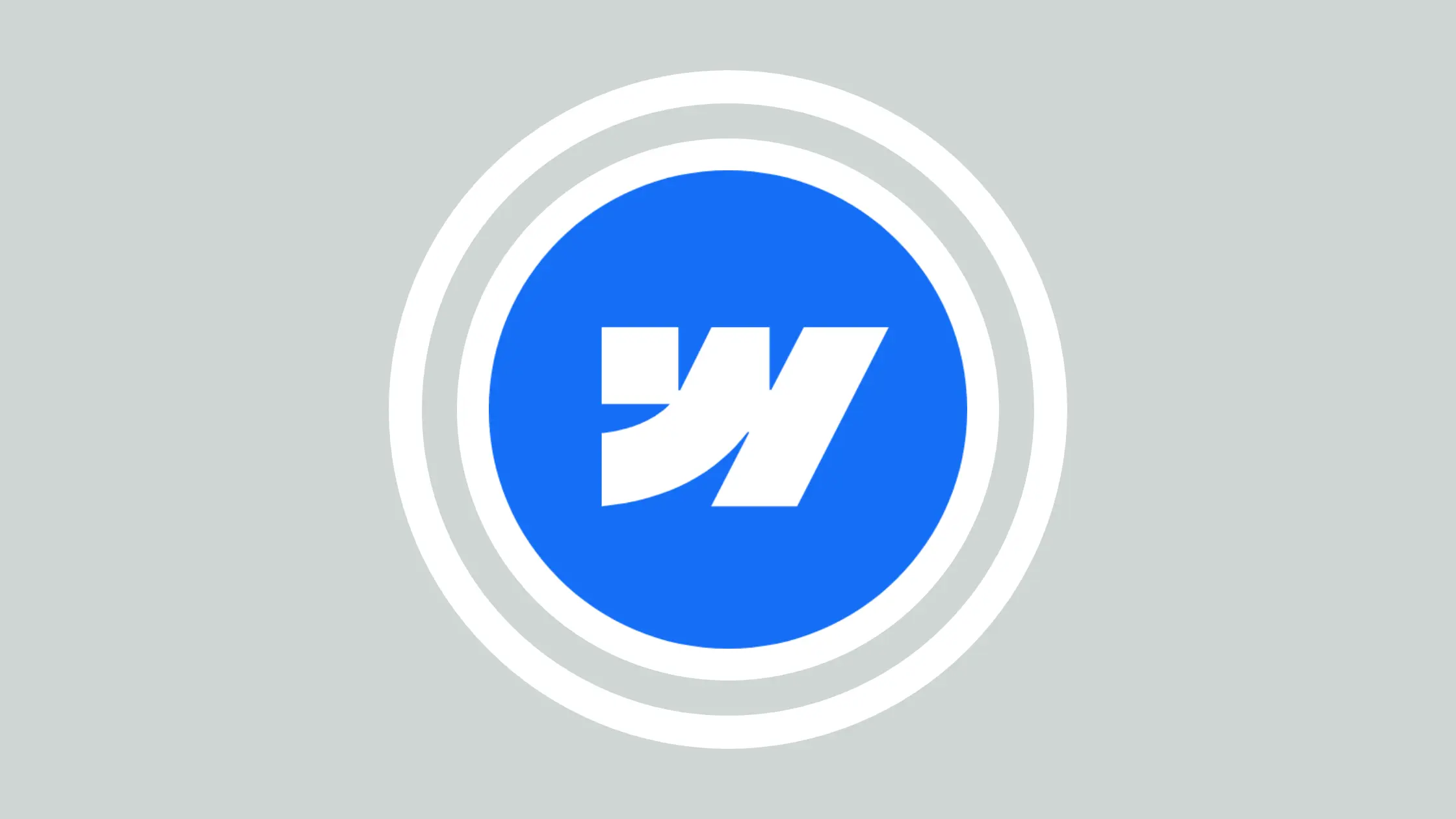A backlink (also called an inbound link) is a hyperlink from another website that points to your own.
For users, backlinks make it easier to find related or useful information while browsing. For search engines, they act as a signal that your site offers valuable content.

The structure of a backlink
A backlink has two parts: the URL and the anchor text.
- The URL is the page on your site that another website wants to link to.
- The anchor text is the clickable phrase or word used in the link.
In HTML, the anchor text appears between <a> tags, and the URL is set in the href attribute. Here’s a simple example:
<a href="https://www.example.com">Anchor text</a>In this case, "https://www.example.com" is the URL, and "Anchor text" is what users see and click on.
Why backlinks matter
Backlinks work like online recommendations. The number and quality of inbound links to your site help show how trustworthy it is, both to users and to search engines like Google. This is a key factor in how search engines rank pages.
All your backlinks together form your backlink profile. When your content is similar to that of your competitors, Google looks at backlink profiles to decide which site is more reliable or relevant. A strong profile helps your pages rank higher and brings in more visitors.
Types of backlinks
Not all backlinks are treated the same way by search engines. The two main types are based on an HTML attribute inside the link:
Dofollow links
These are standard links without any special attributes. Google follows them and counts them in its ranking system. They pass along authority (also called PageRank) from the source site to your page, which can improve your SEO.
Nofollow links
These include the rel="nofollow" attribute. They tell Google not to pass authority to the linked page. They’re often used for things like sponsored links, affiliate links, or user-generated content, where the site owner doesn’t want to endorse the link. Since 2019, Google may still consider them as "hints", but they don’t carry much direct SEO value.
In Conclusion
Backlinks are more than just hyperlinks: they're endorsements that signal trust and authority to search engines.
By understanding their structure, significance, and the differences between dofollow and nofollow links, you can better appreciate their role in SEO. A robust backlink profile not only boosts your site's visibility but also drives quality traffic and enhances credibility.
If you're looking to strengthen your backlink strategy and elevate your online presence, our team at Juillet Marketing is here to help. With expertise in off-page SEO and a commitment to tailored solutions, we can guide you in building a backlink profile that aligns with your goals.
Reach out to us today to embark on your journey toward improved search rankings and digital success.







